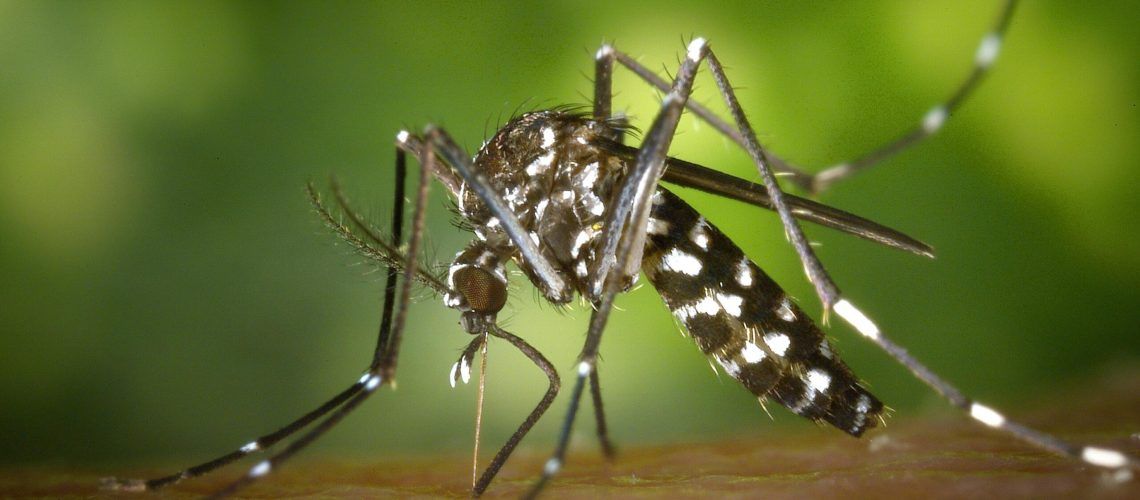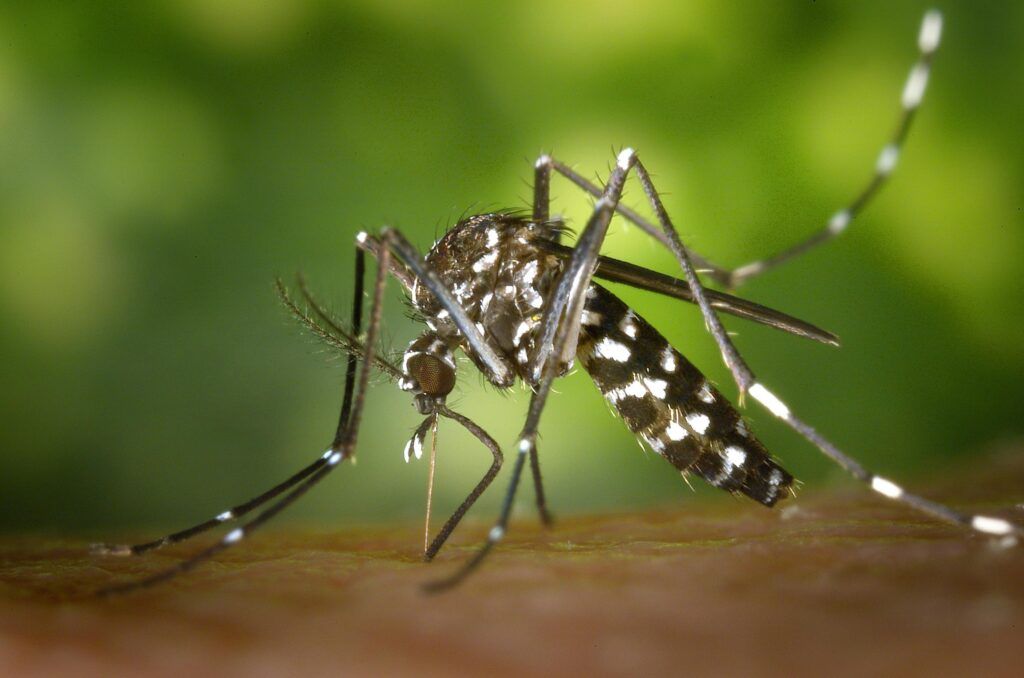Did you know that many infectious diseases rely on animals to infect humans? These “vector-borne” diseases first infect animals, who then spread the microbe when they bite a person or otherwise come into contact with them. Lyme disease, which is transmitted by ticks, is a common example, as is malaria: a virus carried by some mosquitos. Rapidly changing climate conditions are intensifying the threat of vector-borne infection. Warmer temperatures and changing rain patterns are allowing disease-spreading species to survive throughout the year and in new territories. Shorter, milder winters coupled with longer, hotter summers have allowed ticks and mosquitos to extended their active periods into winter. The concept of tick season is quickly vanishing.
More frequent and severe floods are helping malaria-carrying mosquitos to thrive in new regions, including Southern US states. This northward migration has brought viruses such as Zika, Dengue and malaria to entirely new regions. In Summer of 2023, Texas, Florida and Maryland experienced the first locally acquired malaria infections in many years. Experts warn that that these and other diseases will become more common as the climate gets warmer and wetter.
For more information, see UC Davis Health
Thriving Ticks and Mosquitos Raise Threat of Infection Year-Round
- By bentopiel
- May 7, 2024
- 2:02 am
More frequent and severe floods are helping disease-carrying pests thrive in new regions.

Facebook
Twitter
Email

